Goodbye warm October days hunting in lightweight clothing while listening to acorns drop. So long sweet November and frosty mornings when a buck could show up at any minute in his search for a receptive doe. Hello December. Cold. Bleak. December.
Okay, so maybe December isn’t really that bad. Sure, the warm days and lots of deer movement may be behind us, but that doesn’t mean you can’t kill a deer this time of year. In fact, bowhunting now can be incredibly productive. However, to succeed in December, you must do things a little differently than any other time, and how willing you are to adapt will determine if your experience turns out good, bad, or ugly.
Two things make bucks hard to kill in December. First, deer have been pressured since hunting season opened back in September in most states. Early archery season, gun season, and muzzleloader season have all come and gone, or are still in progress, and deer are a lot cagier because of it. Second, the primary rut is over. A mature buck that has been pressured all season and has no reason to leave its bed during daylight hours is an awfully tough deer to kill. But not impossible.
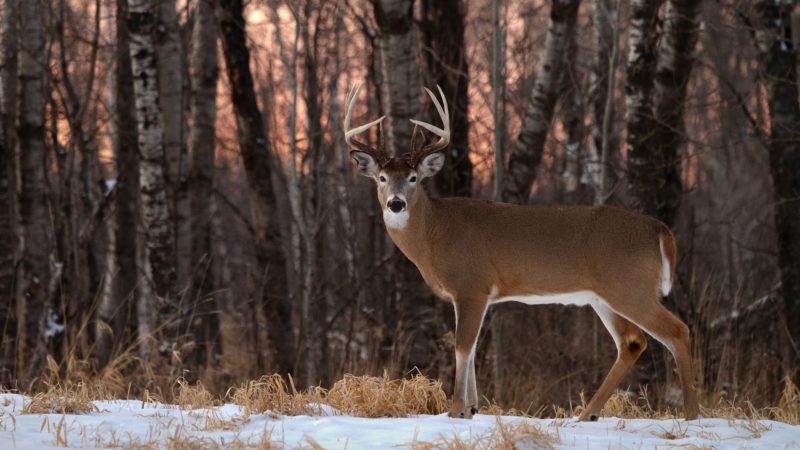
Changing Food Sources and Cover
The first thing to remember is that this isn’t early fall, so deer aren’t going to be in the same places you found them when food was plentiful everywhere. The good part about this is that whatever food sources are available will draw deer from all over, and they’re likely hubs of activity this time of year. The bad part, though, is that most bucks are content to stay bedded most of the day and only move to those food sources under the cover of darkness.
Many hunters interpret this to mean that bucks have gone nocturnal, and they point to trail camera photos of deer in their food plots after dark as proof. However, that’s not necessarily the case. More likely, bucks just aren’t leaving their security cover until they feel safe enough to do so, which means they aren’t getting to those food sources until well after dark. This time of year, much of the ground cover and foliage are gone and in most places the woods have really opened up. For many bucks, I’m sure, it can feel a lot like the curtain has been pulled back, and they feel exposed any time they leave their bedding area or any cover where they feel secure.
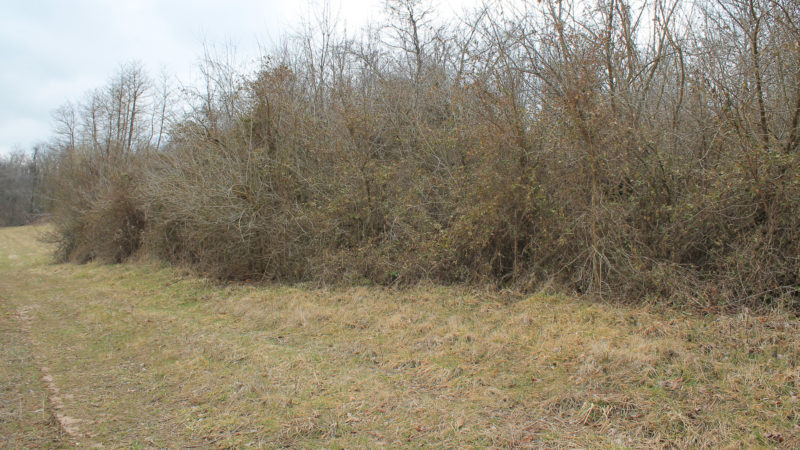
I know many bowhunters, myself included, who have spent a lot of days on stand this time of year watching doe feed in a food plot or at a corn pile all afternoon while waiting on a buck that never shows. Or, if the buck does show up during daylight hours, it’s when I’m not there. This is the ugly part of December hunting, and it has driven me nuts trying to time my sits with when a buck will finally show up during legal shooting hours.
Occasionally I’ve gotten lucky, timed it right, and had success, but only once I started hunting food sources close to bedding areas. For me, this is the real secret to December bowhunting success because bucks are essentially lazy. They want to move as little as possible while still getting as much nutrition as possible to recover from rutting activities. Hang stands in locations where bedding cover and food sources butt up against each other and you’ll have an excellent chance of seeing bucks on their feet during legal shooting hours.
Hunting Bedding Areas
Another good part about December bowhunting is that deer can be highly patternable. With limited food sources and sparse foliage, you can pinpoint their travel routes, especially if there’s snow on the ground. Numerous times, I’ve been able to follow tracks all the way to a buck’s bed. Any time you can figure out where bucks are bedding is valuable information, and although it may not help you today, or even this season, it can pay dividends in the future.
Hunting those bedding areas can be difficult. That’s the bad part. Your approach and setups have to be perfect to be successful hunting bedding areas this time of year. Sound travels incredibly well in the cold air, and without much foliage available to suppress that sound and shield your movements, deer can hear and see you coming from a long ways off, and they’ll scoot out before you even get close.
Only hunt a bedding area once you figure out how and when is the best time to approach it. Things like crunchy snow or frozen ground, wind direction, and clanging gear can spoil the hunt before it even starts. However, if you can get in and get set up quietly and without spooking deer, hunting downwind and tight to bedding areas is a deadly tactic for killing December bucks that simply don’t move a lot during daylight hours.
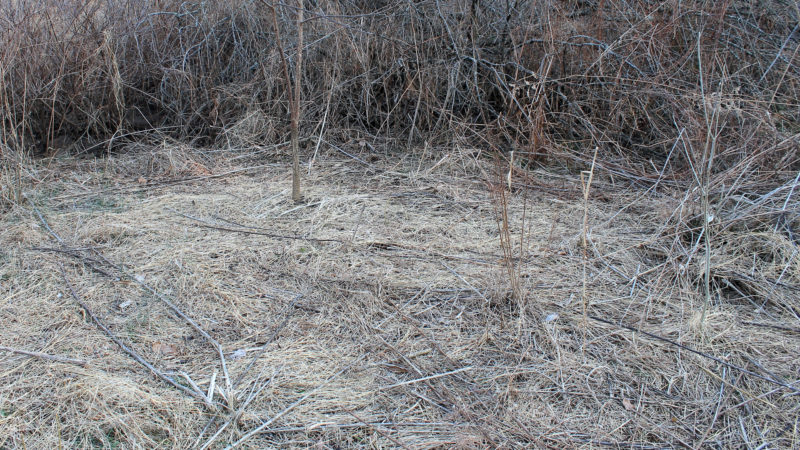
How tight to a bedding area should you hunt? As tight as you can get without spooking deer. In the right conditions, that might mean you can get really close. I’ve had times when I’ve been able to get set up within 50-75 yards of where I knew a buck was bedded. Other times, I couldn’t get within 100-150 yards, if that. So much depends on type of cover, location of the bedding area, and how much the deer have been pressured.
The ugly part of this tactic is that you can push bucks out that may not return. There’s no clear answer to how much you can pressure a buck before he leaves and starts bedding elsewhere because every buck’s tolerance is different. However, bucks this time of year have likely been pushed around a bit, so bumping them from their bed once probably isn’t a big deal. More than that, though, and they might not come back. For this reason, when hunting bedding areas, I prefer to err on the side of caution and hunt each one only once a week and never on consecutive days.
Dealing with Weather
Typically, more time spent on stand usually translates into higher chances of success, but that’s not always the case when bowhunting in December. Since most bucks will stay bedded throughout the day, there’s no need for all-day sits. This time of year, my hunting times again revert to the first and last few hours of daylight. The only time I consider an all-day sit is if we get a break in the weather after a long period of cold and snow. Those relatively warmer days with lots of sunshine can get deer on their feet – even if it means a “warm up” to a high of only 30 degrees.
If the good part is not having to spend so many hours on stand, the bad part is probably just trying to stay warm during the times you are afield. Fortunately, clothing technology today is incredible compared to what it was for previous generations of hunters. Quality hunting gear (clothing, blinds, heaters, etc.) can be purchased for not a whole lot of money, and they’ll make your time on stand a lot more comfortable.
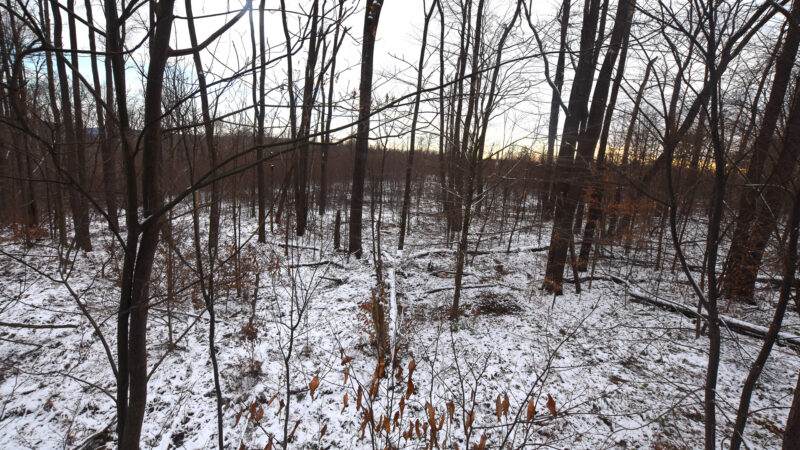
Without a doubt, the ugly part is how severe weather can affect your equipment. Extreme cold can cause tree stands to creak underfoot, bows to make more noise than usual, and make bows harder to handle and maneuver while wearing bulky, cold weather clothing. It’s imperative to practice with your equipment in weather that is closest to that which you’ll experience when hunting. Learn how your equipment holds up and practice shooting your bow in cold and inclement weather.
Second Rut Opportunities
Another good part about December bowhunting is that some areas of the country do see a “second rut” which occurs approximately 30 days after the primary rut. The bad part is that it’s not nearly as intense as the primary rut, and in truth, you may not even know it’s happening.
The second rut is highly dependent on local deer populations, the intensity of the primary rut, food sources, overall herd health, and a number of other factors. Rutting activity that happens this time of year is often a case of “right time, right place” as bucks typically forego seeking out receptive does in favor of frequenting food sources where hot does might also be found.
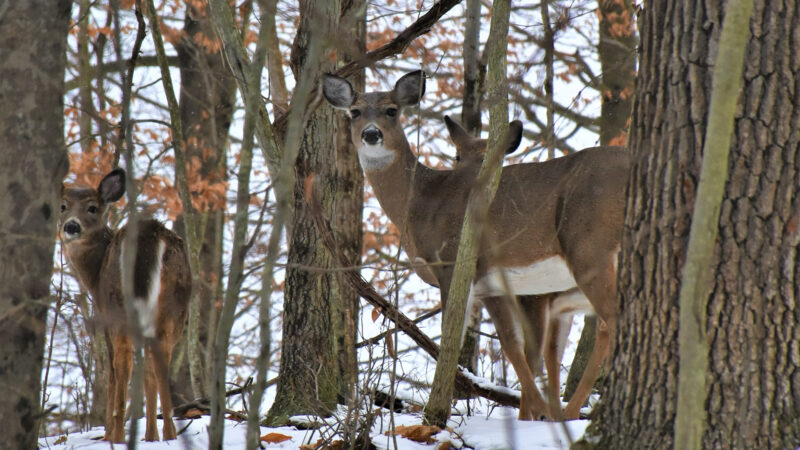
In herds where buck-to-doe ratios are extremely skewed in favor of does, any mature adult doe that wasn’t bred during the primary rut will experience another estrus cycle. Most of the does that come into heat this time of year, though, are usually the young of the year that have reached a healthy body weight and physical maturity that result in sexual maturity. To take advantage of a possible second rut in your area, locate doe groups that have yearling does in them.
The ugly part of this is that, as soon as the primary rut is over and testosterone levels drop, some bucks start to shed their antlers, and your target buck could be one of them. A few years ago, I had a big 10-point regularly on my cameras. I finally caught up to that buck during second week of rifle season here in northcentral Pennsylvania, which was the second week of December, but by then he’d already shed his antlers. We had a bad mast crop that year and many bucks shed their antlers earlier than usual. Granted, this was an anomaly, and on average years, only about 1 in 25 bucks will shed their antlers in December. It can be heartbreaking, though, when that 1 is “the one” you’re after.
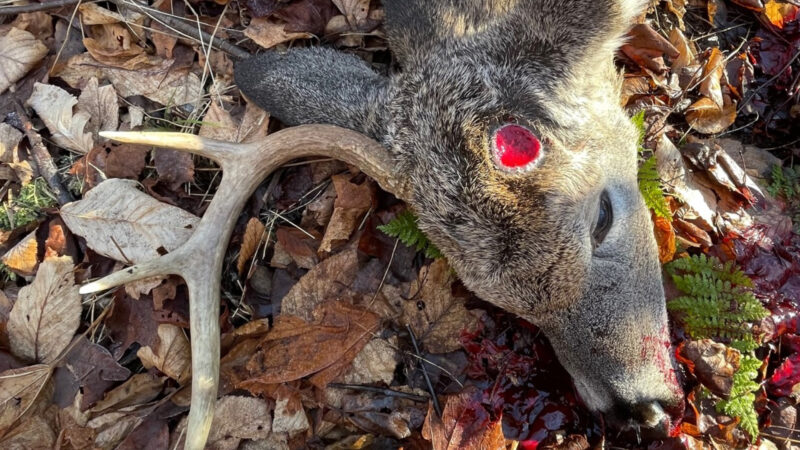
Conclusion
December is a tough, challenging time for bowhunters. Everything is different from what it was in October and even November. Food sources and bedding areas may have changed. Bucks spend more time bedding during daylight hours. The weather can be brutal. The list goes on.
However, if you approach December differently, you can still have success. It begins with finding productive food sources and quality bedding areas, and then investing in a system that will help you stay warm and comfortable on stand so that you can take advantage of any opportunities such a second rut or a break in the weather. Even still, there are no guarantees this time of year – or any time of year, for that matter. But I do know this. Persistence and patience always seem to pay off when bowhunting. That’s especially true when bowhunting in December.

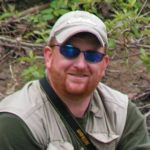 By
By 



